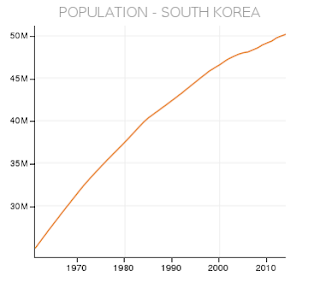Contact
Facebook : Suthasinee Saetow
Phichamon Boo
E-mail : Nongtow2009@hotmail.com
Mineboo.1996@gmail.com
Siam Technology College of Business Administration Nonthaburi
49/178 Moo 8. In Nonthaburi. Kraso district of Nonthaburi province. John beat Mary 11000
Tel: 0-2589-1133
E-Mail. College sbacnon@sbacnon.ac.th



























